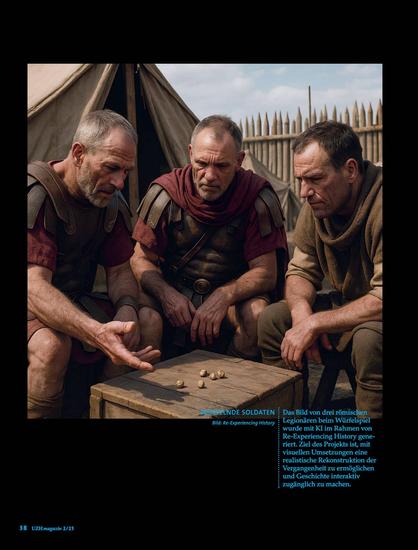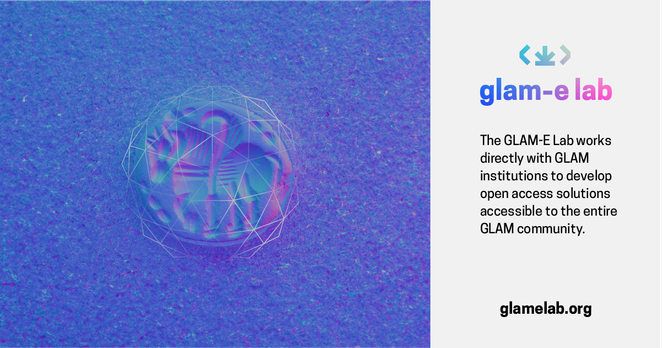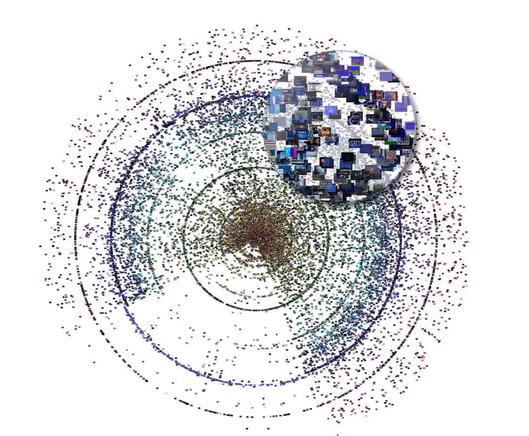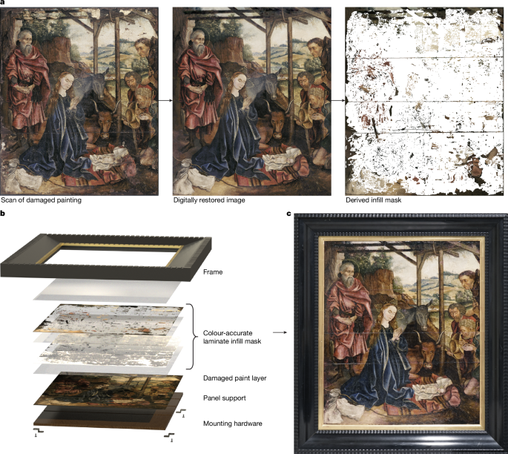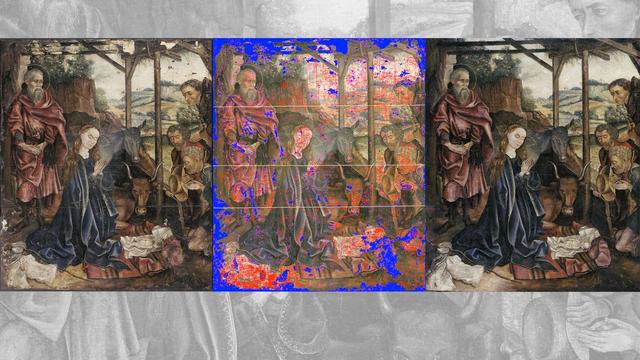@awinkler We also have a pretty active forum - https://forum.openhistoricalmap.org/ & Discord channel at OSMWorld Discord - #openhistoricalmap at https://discord.gg/openstreetmap
One other note - we do not use a database license for our freely-available downloads and user submissions default to CC0, although we have some flexibility around that when importing existing datasets.

